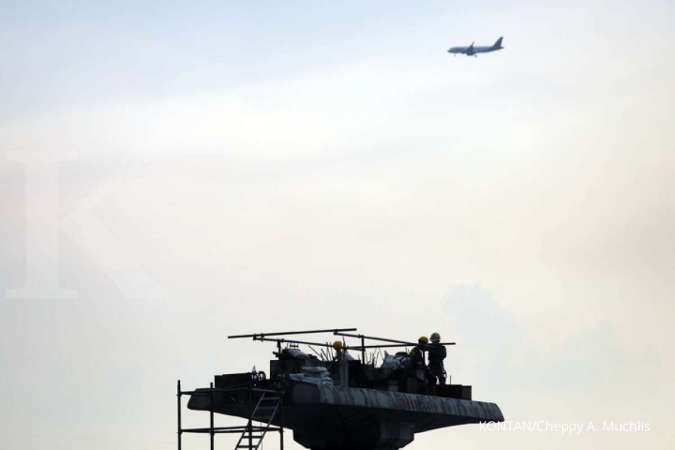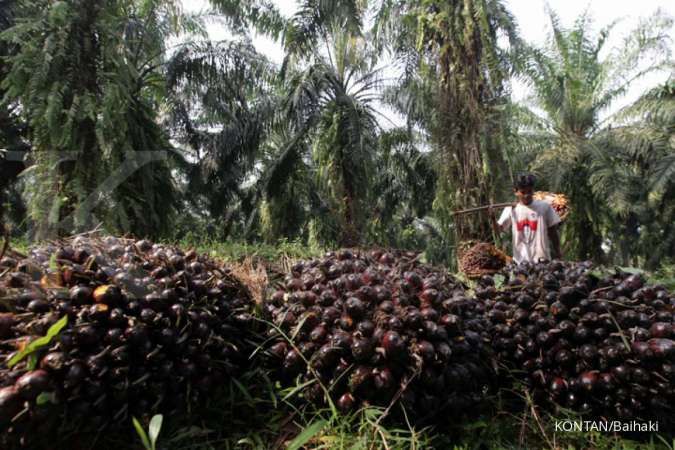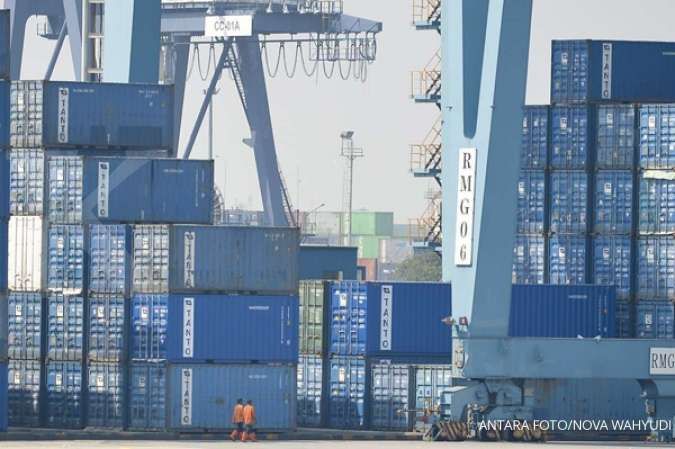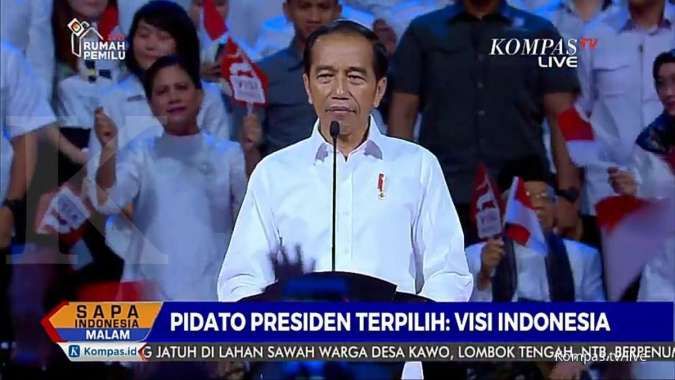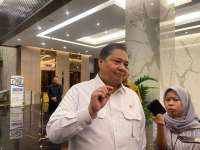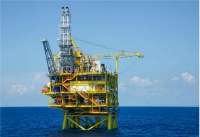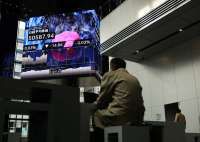ECONOMIC GROWTH - JAKARTA. The latest trade data suggest economic activity in Indonesia is slowing, in part as a result of the ongoing United States-China trade war.
Exports in the January to June period were down 8.57 percent year-on-year (yoy), while imports slid 7.63 percent, according to Statistics Indonesia (BPS) data released on Monday.
Imports were down across the board, from raw materials to capital goods and consumer goods.
Bank Central Asia (BCA) chief economist David Sumual noted that, although Indonesia had recorded two consecutive months of trade surplus up to June, imports of raw and auxiliary materials that were necessary to boost economic activity, and exports, had declined.
“Imports dropped drastically. My concern is actually the impact on economic growth. Yes, the June figure showed a surplus, and this is good for the current account,” David said. “But we need to remain vigilant on the impact on economic growth, because imports dropped drastically for raw and auxiliary materials.”
Raw and auxiliary material imports declined by 7.7 percent to US$61.7 billion in the first half of 2019 from the same period last year, according to BPS data. Imports of capital goods and consumer goods contracted by 6.15 percent to $13.16 billion and by 9.31 percent to $7.4 billion.
A decline in raw material imports can reflect slower production and therefore less investment, which could signal a slowdown on exports in a trickle-down effect that could hurt President Joko “Jokowi” Widodo’s two key pillars for Indonesia’s economic growth: investments and exports.
Institute for Development of Economics and Finance (Indef) economist Bhima Yudhistira Adhinegara echoed David’s concern that the decline in export and import activities in the first half of this year could point to less excitement about business expansion.
“Economic growth in the second quarter could well turn out to be below the government’s expectation of 5 percent,” Bhima said. “A drop in imports is not always a good thing if it’s raw material imports needed for production.”
The trade slowdown is on account of the ongoing trade war, as Indonesia’s top export destination, China, booked the lowest quarterly economic growth rate in nearly three decades in the second quarter of this year at 6.2 percent, an effect of the prolonged trade war with the US.
This has seen Indonesia struggle with a current account deficit (CAD), one of the important indicators for investors and policymakers about the sustainability of a country’s economic activity. Indonesia’s CAD has been inching closer to the sustainable level of 3 percent in the first quarter of this year, which at 2.6 percent against gross domestic product (GDP) is much wider than 2.01 percent recorded in the same period last year.
Policymakers are already jacking up efforts to encourage investment and exports to reduce pressure on the country’s current account, but economists say the problems are structural, and it may take years for policy responses to take effect.
“We are a commodities exporter, so it will be difficult to rely on exports. Indonesia needs to grow beyond exports, such as investment, so that noncommodity exports could be higher and support the economy,” David said, adding that lots of issues pertaining to the investment climate needed to be addressed, such as bureaucracy and legal certainty as well as local-regional coordination.
After all, economists said the trade deficit, which reached $1.93 billion in the first half of this year — up from $1.2 billion in the same period last year — would not be a problem if it were caused by imports of raw materials to support business productivity and expansion to spur economic activities in the country.
“A trade deficit is not necessarily problematic if it means we are importing more ingredients and capital goods,” David said. “What we need is more investment, so that we can even out our balance of payments and our current account balance.”
/2019/07/15/669720234p.jpg)
